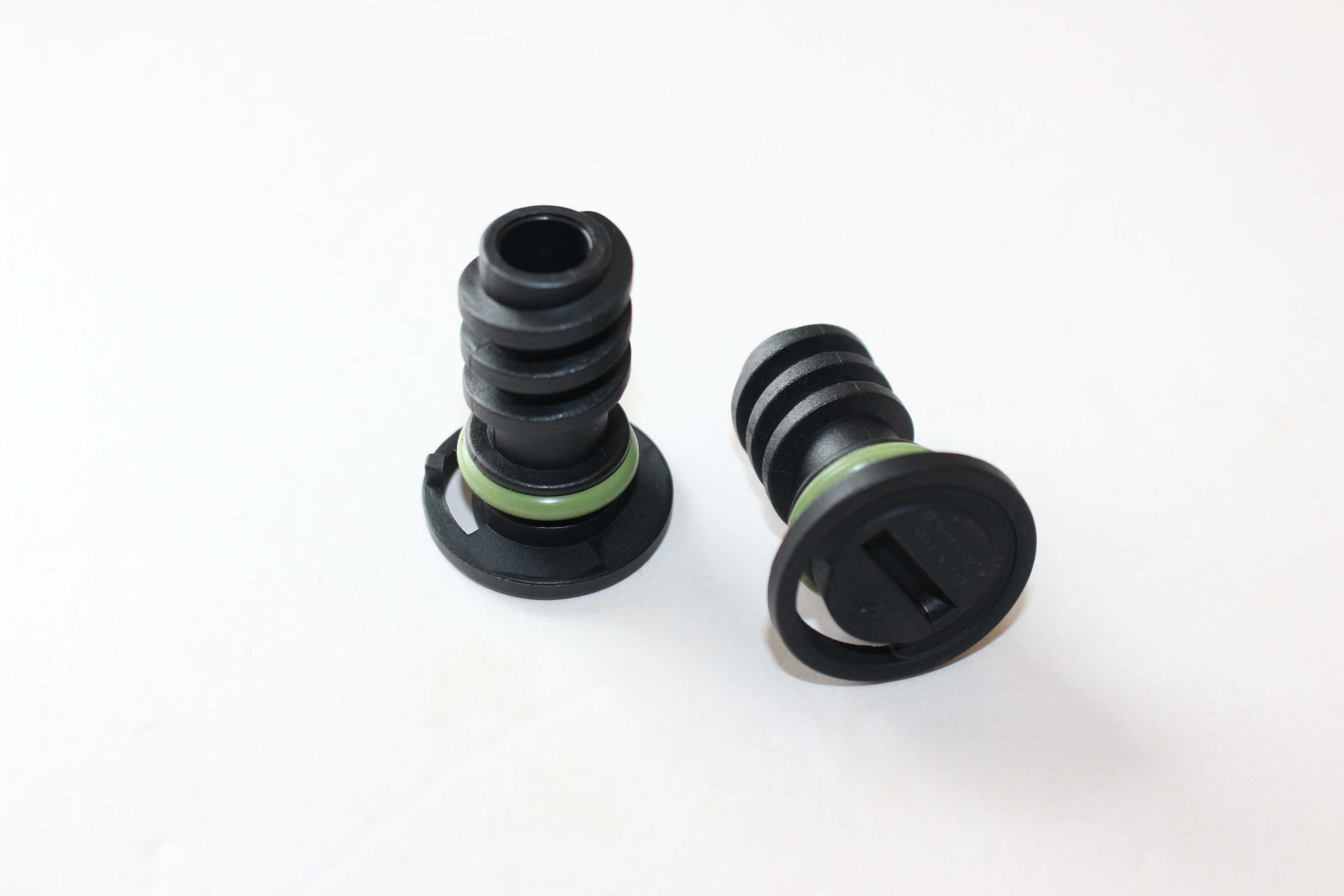Exploring O-Ring Hydraulic Seals for Effective Fluid Control Solutions
O-Ring Hydraulic Seals Essential Components for Fluid Power Systems
O-rings are vital components in hydraulic systems, ensuring the integrity and efficiency of fluid power applications. Their design, made from various elastomer materials, allows them to create a reliable seal between two mating surfaces, preventing leaks and contamination. The simplicity of their shape—a torus—belies their importance in various applications, particularly in hydraulics.
Fundamentals of O-Rings
An O-ring is a doughnut-shaped ring made from flexible materials, primarily rubber or synthetic elastomers such as nitrile, fluorocarbon, and silicone. These materials are chosen based on their chemical compatibility, temperature resistance, and mechanical properties required for specific applications. When installed in a groove between two components, the O-ring deforms slightly to fill the space, creating a tight seal that withstands pressure and prevents fluids from escaping.
Role in Hydraulic Systems
Hydraulic systems rely on pressurized fluid to transmit power. O-ring seals are crucial in these systems as they prevent leaks, which can lead to loss of pressure and efficiency, and potential failure of the hydraulic mechanism. In hydraulic cylinders, for example, O-rings are used to seal the piston and rod connection, ensuring that the hydraulic fluid remains contained within the cylinder, enabling smooth and controlled movement.
O-Ring Design Considerations
o ring hydraulic seals

Proper design is essential for O-ring seals to function effectively. Factors such as the diameter of the O-ring, the depth and width of the groove, and the specific application environment (temperature, pressure, and fluid type) must be taken into account. The size of an O-ring is defined by its inside diameter (ID) and cross-sectional diameter (CS), and these specifications must match the requirements of the application.
Moreover, the choice of material is crucial. For instance, Nitrile rubber is commonly used in hydraulic applications due to its excellent resistance to petroleum-based fluids. However, in high-temperature environments, a fluorocarbon O-ring might be preferred for its superior thermal stability. Selecting the appropriate material ensures that the O-ring maintains its sealing properties throughout its operational lifespan.
Installation and Maintenance
The proper installation of O-ring seals is vital to their performance. They should be assembled carefully to avoid pinching or twisting, as these issues can compromise their sealing ability and lead to premature failure. Additionally, lubrication can be beneficial during installation to minimize friction, although care must be taken to ensure that the lubricant is compatible with the O-ring material.
Regular maintenance of hydraulic systems is also essential to ensure that O-rings continue to function effectively. Visual inspections for signs of wear, such as cracking or deformation, can help identify potential issues before they lead to system failure. Replacing worn or damaged O-rings promptly is a crucial practice in maintaining the reliability and efficiency of hydraulic systems.
Conclusion
O-ring hydraulic seals play an indispensable role in the functionality of hydraulic systems across a multitude of industries. Their simple design, combined with a variety of materials suited for different environmental conditions, allows them to effectively seal fluids under pressure. By understanding their design, function, and maintenance, engineers and technicians can ensure the longevity and reliability of hydraulic systems, ultimately contributing to the efficiency and safety of operations in which they are employed.
-
Understanding the Front Main Engine Seal: Purpose, Maintenance, and Installation
News Jul.29,2025
-
Understanding O-Rings and Seal Rings: Types, Applications, and Custom Solutions
News Jul.29,2025
-
Understanding Crankshaft Oil Seals: Rear Seals, Pulley Seals, and Their Role in Engine Integrity
News Jul.29,2025
-
The Importance of Front and Rear Crankshaft Seals in Engine Performance and Oil Management
News Jul.29,2025
-
Crank Oil Seals: Functions, Types, and Cost Considerations in Engine Maintenance
News Jul.29,2025
-
A Comprehensive Guide to O-Rings and Seals: Types, Materials, and Global Applications
News Jul.29,2025
-
Mastering Diesel and Performance Engine Maintenance: A Guide to Critical Oil Gaskets
News Jul.28,2025
Products categories















